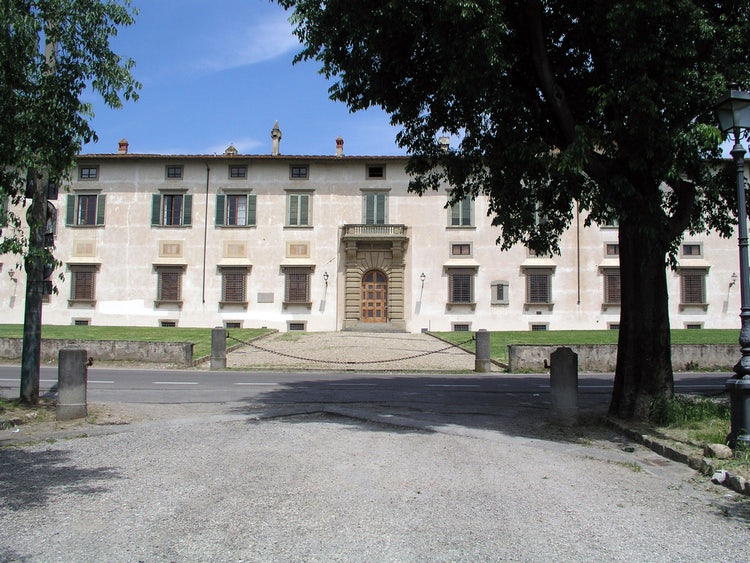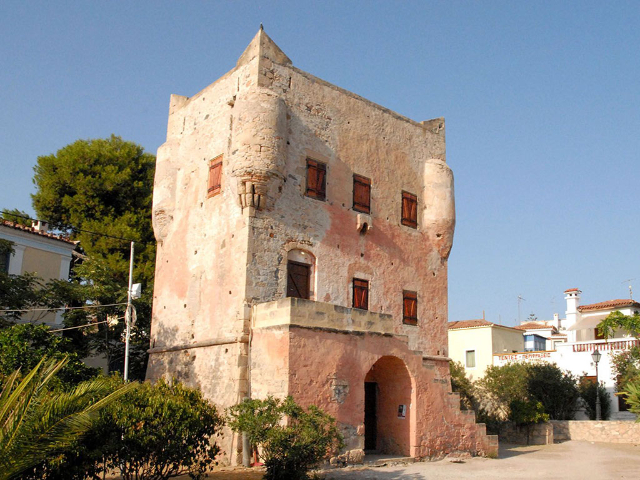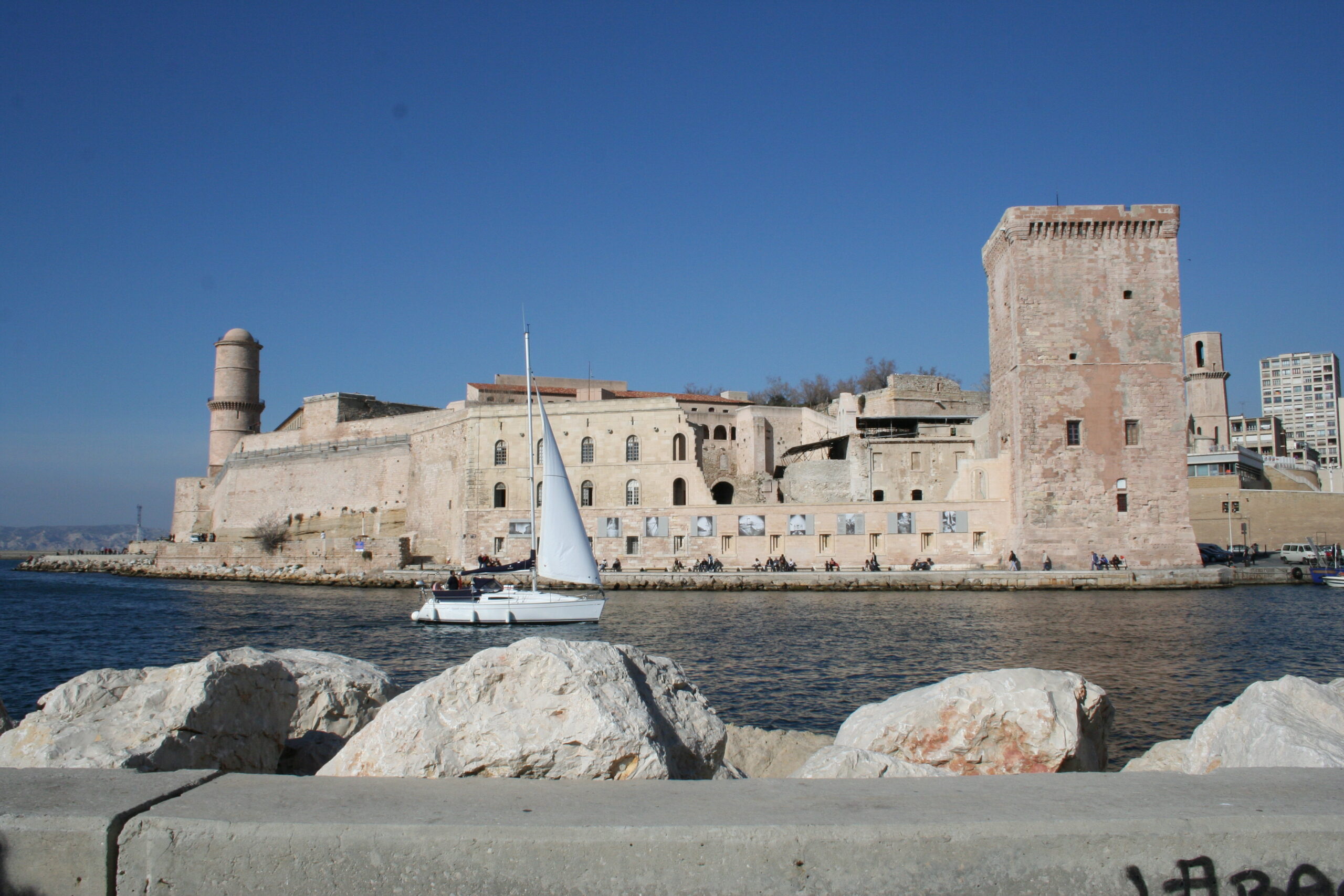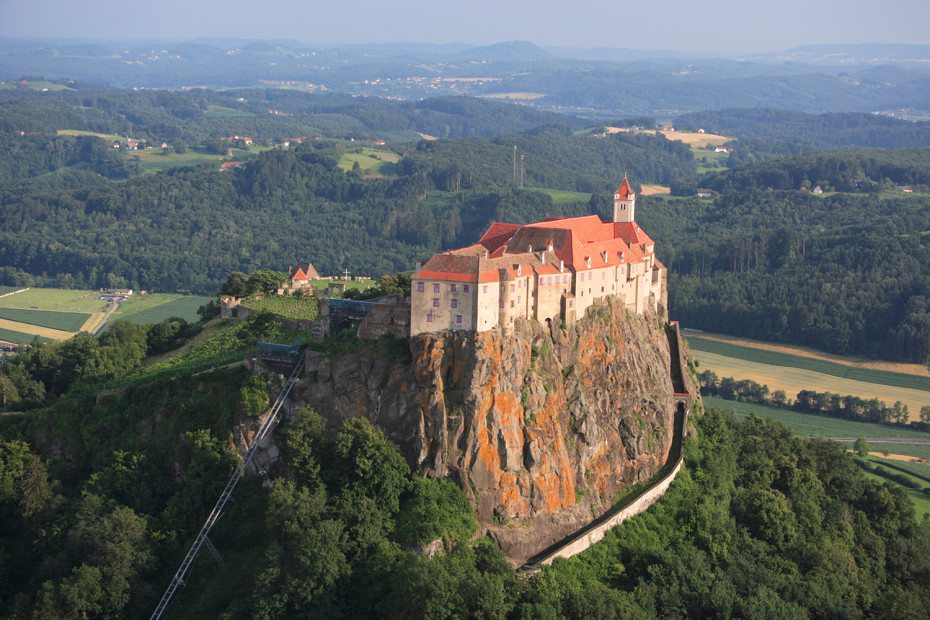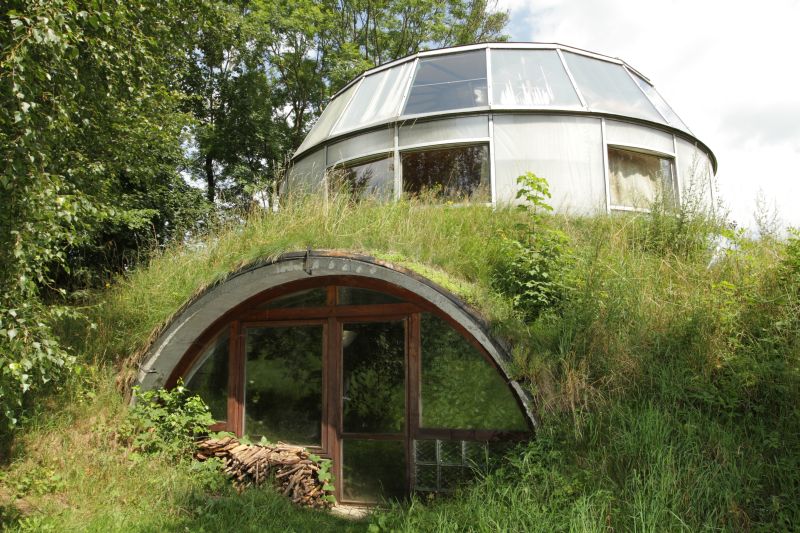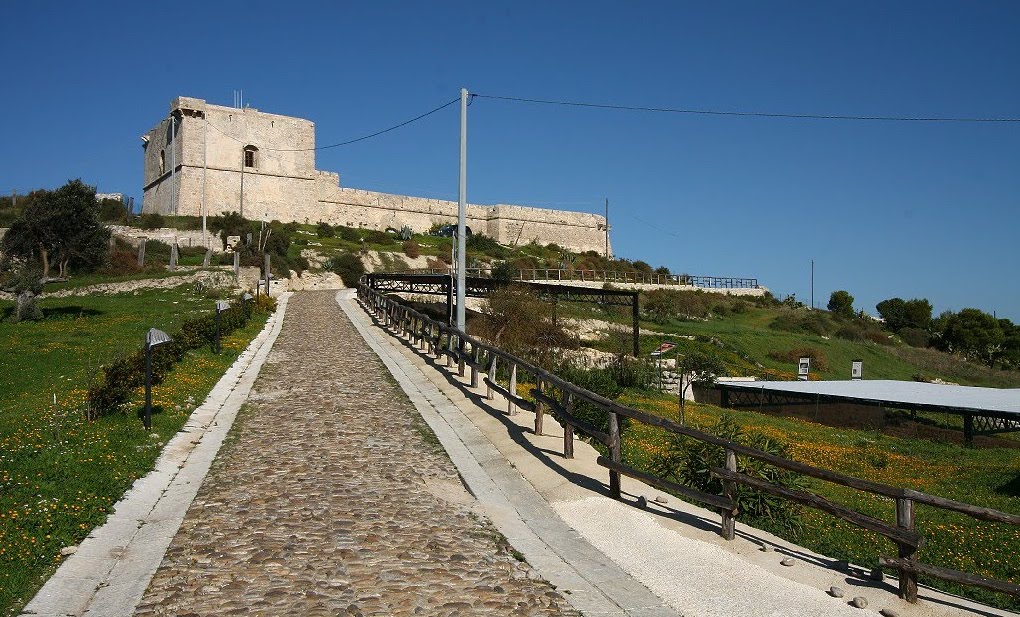The Villa Medicea di Castello, near Florence, is an ancient complex that boasts not only an elegant Medici villa but also a splendid Italian garden second only to that of Boboli in Florence.
The Villa is not open to the public because it has been the seat of the prestigious Accademia delle Crusca since 1583, a school dedicated to the study of the Italian language. The garden, however, is owned by the state and therefore can be visited. The Villa, which dates back to the fourteenth century, assumed particular importance when it was purchased by the Medici family in 1477, who enriched the complex with many works of art. Botticelli’s La Primavera and La Nascita di Venere were commissioned for the villa by Lorenzo dei Medici (not to be mistaken for Lorenzo the Magnificent, whose cousin he was). Today the works are housed in the Uffizi Gallery in Florence.
The Villa acquired even more prestige with the arrival of Grand Duke Cosimo I de’ Medici who used it as an elegant seat of political representation to celebrate the greatness of his family. He commissioned the renovation of the building to Giorgio Vasari and Niccolò Tribolo the creation of an Italian garden.
The Villa has a simple structure with two floors and windows in Renaissance style, was built around a courtyard of the sixteenth century with loggias and pillars of Tuscan order in the minor sides. Inside the building there is only one fresco left: The Annunciation, attributed to Raffaellino del Garbo.
On the ground floor there is a hall with landscape frescoes of the 800 ‘, the Sala degli Armadi, the Sala delle Pale and a chapel. The Garden commissioned by Cosimo I to Niccolò Tribolo in 1538, is one of the first examples of Italian garden, it is from here that the architect will take the inspiration to create the more famous Boboli Gardens.
Initially it showed a simple and geometric shape, composed of 3 terraces. Then over the years and the passage from one owner to another, the complex has undergone several changes and the addition of notable works of art typical of Mannerism, such as the Grotta degli Animali.
The first terrace consists of 16 square flowerbeds with the Fountain of Hercules and Antheus by Bartolomeo Ammannati in the centre. All around a series of classical sculptures, here placed in later times (late 1700s).
The second terrace presents the Citrus Garden in which we find 500 citrus plants, many of which are rare and valuable. It is within this space that extends the charming Grotta degli Animali (Cave of the Animals), a project of Tribolo but realized by Giorgio Vasari. It has two rooms with walls rich in polychrome mosaics, limestone aggregations and shells. Inside the cave you can also admire three beautiful tanks.
